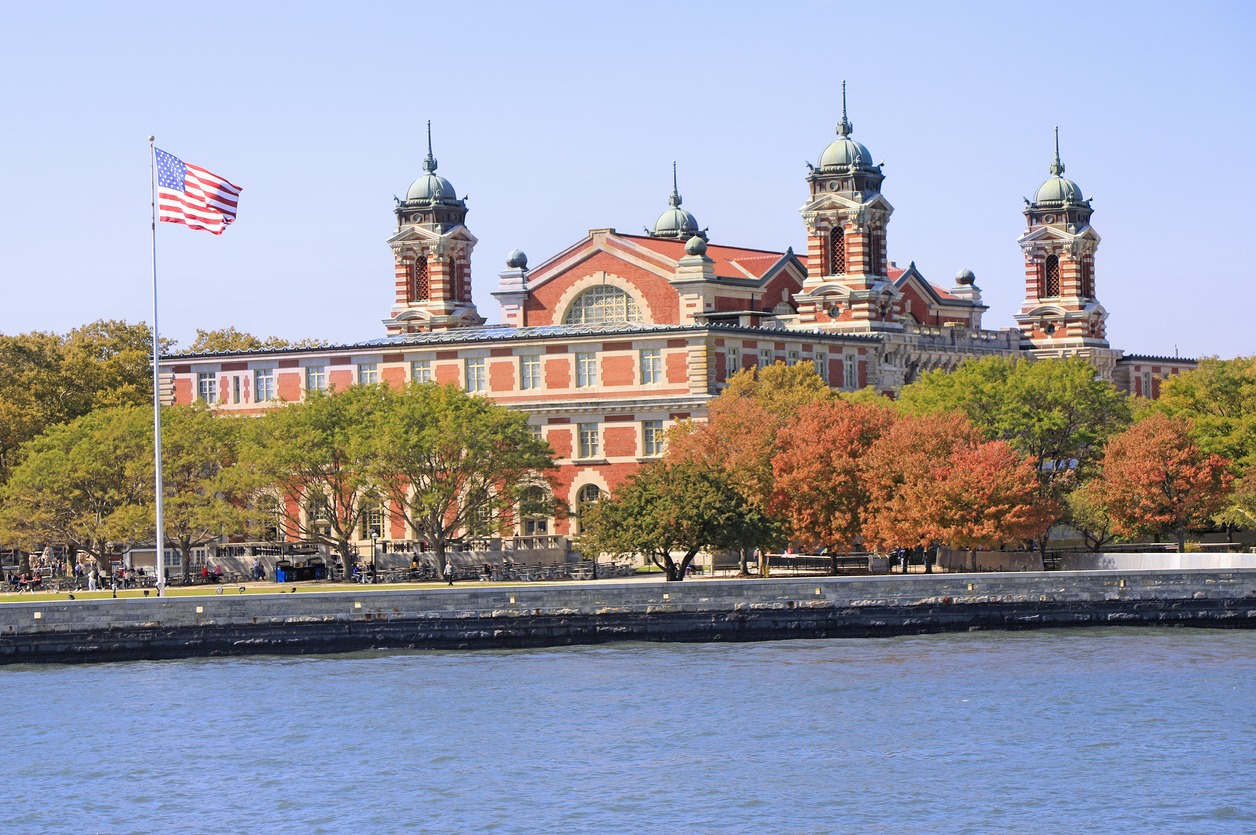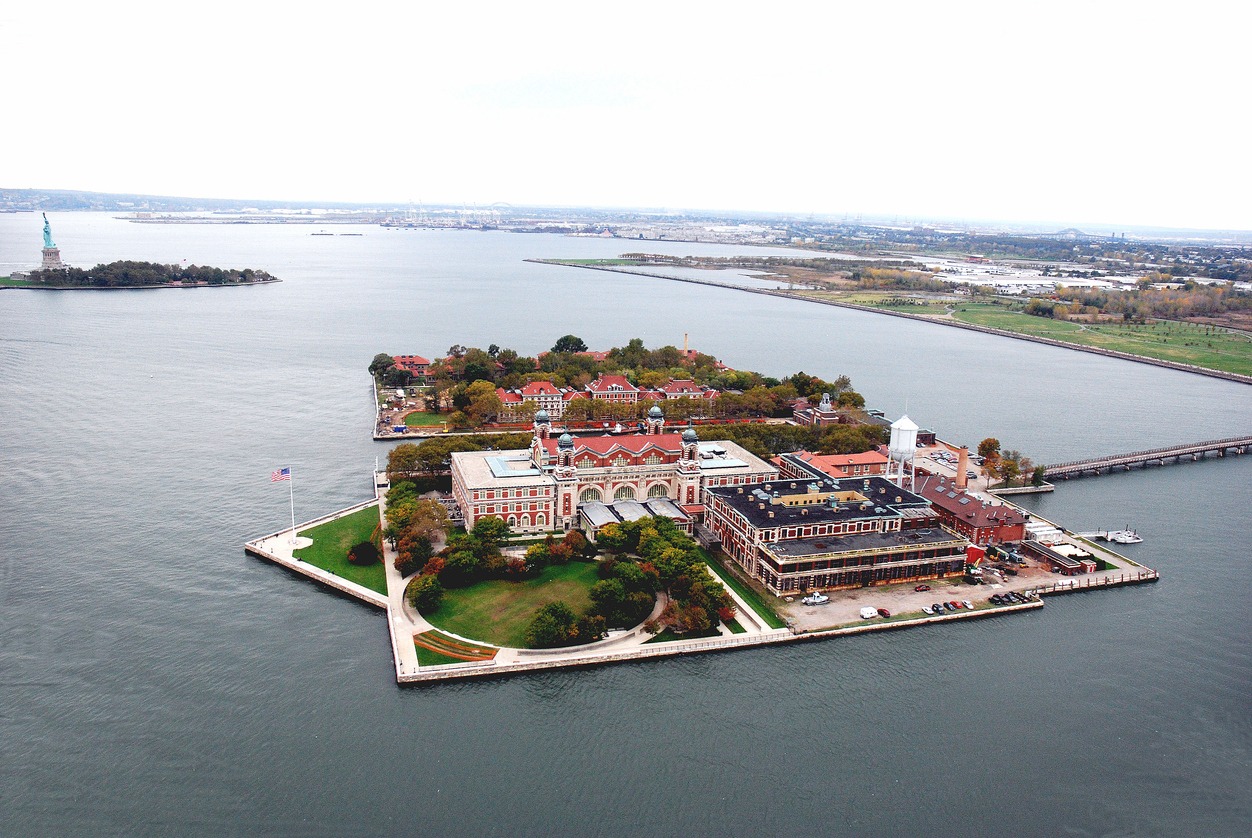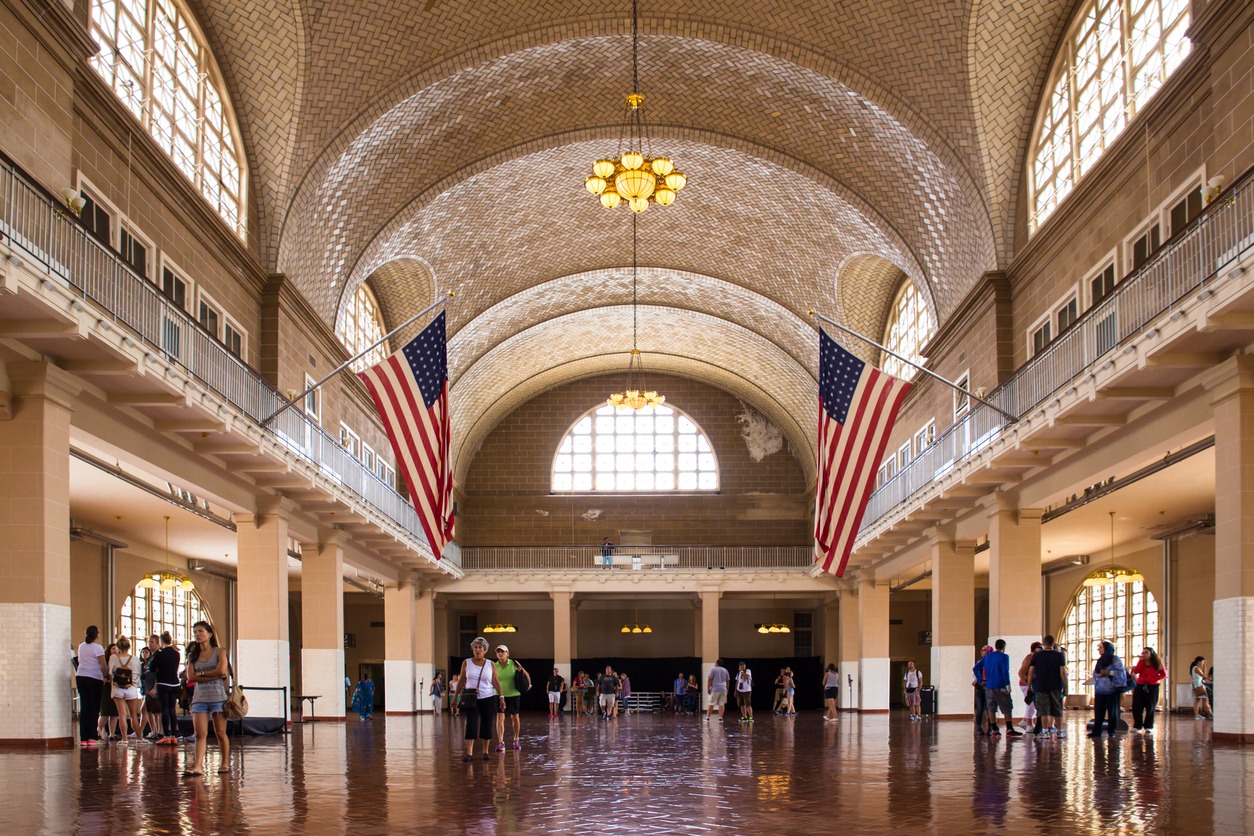The Ellis Island Immigration Museum stands as a powerful testament to the immigrant experience in the United States. Situated in the New York Harbor, Ellis Island served as the primary port of entry for millions of immigrants seeking a new life in America between 1892 and 1954. The museum not only preserves the rich history of this immigration hub but also provides an invaluable resource for understanding the trials, triumphs, and contributions of those who embarked on this life-changing journey. In this blog post, we will explore the significance of the Ellis Island Immigration Museum, its history, and how it documents the immigrant experience in the United States.
A Brief Historical Overview
The Ellis Island Immigration Museum is a living testament to the immigrant experience in the United States. Its story begins with the construction of the iconic main building in the late 19th century, which would later serve as the primary gateway for over 12 million immigrants entering the country between 1892 and 1954. After decades of neglect, the island underwent a remarkable transformation, thanks to dedicated preservation efforts. In 1990, the Ellis Island Immigration Museum opened its doors, becoming a beacon of education and cultural enrichment. Today, it stands as a symbol of hope, resilience, and the enduring contributions of immigrants to American society. Managed by the National Park Service and part of the Statue of Liberty National Monument, the museum continues to tell the profound story of those who embarked on the journey to build new lives in the United States, leaving an indelible mark on the nation’s history and identity.
Early Immigration to America
Immigration to the United States has been a constant throughout its history. However, the late 19th and early 20th centuries witnessed a massive influx of newcomers, primarily from Europe. Economic hardships, political turmoil, religious persecution, and the promise of a better life attracted people from various corners of the world to America’s shores.
Opening of Ellis Island
In 1892, Ellis Island officially opened its doors as a federal immigration station, replacing the earlier Castle Garden station in Manhattan. The U.S. government recognized the need for a more organized and efficient process for inspecting and admitting immigrants. Ellis Island quickly became the busiest immigrant processing center in the country.
The Immigration Process
Upon arrival at Ellis Island, immigrants were subjected to a thorough screening process. This included medical examinations, inspections for signs of contagious diseases, and legal examinations to determine eligibility for entry. The process was rigorous and often nerve-wracking for those who had traveled long distances to reach the United States.
A Living History
The Ellis Island Immigration Museum was established to commemorate this important historical site and preserve the stories of the immigrants who passed through its gates. The museum opened its doors to the public in 1990, offering a profound and educational experience for visitors of all backgrounds.
Museum and Wall of Honor
The Ellis Island Immigration Museum, which opened in 1990, replaced the American Museum of Immigration on Liberty Island. It is located in the main building, with exhibits spread across three floors and an expansion into the kitchen-laundry building on the first floor. The museum showcases the immigrant experience in America, featuring various exhibits and areas such as the Family Immigration History Center, registry room, and more. There are also theaters for movies and live performances. In 2008, the museum’s library was renamed the Bob Hope Memorial Library, honoring the famous immigrant comedian Bob Hope, despite opposition from the National Park Service. In 2015, the museum was renamed the Ellis Island National Museum of Immigration, coinciding with the opening of new galleries that cover the entire history of American immigration, including periods before and after Ellis Island’s role as a processing center.
The Wall of Honor, located outside the main building, features 775,000 names on 770 panels, honoring immigrants, slaves, Native Americans, and others, regardless of whether they went through Ellis Island. It was created in the late 1980s to fund the renovation of Ellis Island, starting with 75,000 names on copper panels in 1990. The wall underwent reconstruction in two stages, in 1993 and between 1998 and 2001, to accommodate more names. Those who wish to have their names inscribed pay a fee, and as of 2019, almost all panels were filled, with only five remaining.
The Museum’s Location and Architecture
The museum is housed in the main building on Ellis Island, a striking architectural gem constructed in the Beaux-Arts style. The building itself is a historical artifact, and visitors are immediately transported to the past upon entering. The grandeur of the structure sets the stage for an immersive exploration of the immigrant experience.
Exhibits and Artifacts
One of the museum’s most remarkable features is its extensive collection of exhibits and artifacts that chronicle the immigrant journey. The collection includes personal belongings, photographs, oral histories, and documents that provide insights into the lives of those who came to America seeking a new beginning. Some notable exhibits and artifacts include:
1. The American Immigrant Wall of Honor
This outdoor exhibit consists of over 700 panels honoring individual immigrants and their descendants. Families and individuals have the opportunity to engrave their names as a tribute to their immigrant heritage.
2. The Baggage Room
A poignant display of the personal belongings immigrants brought with them, often representing their hopes, dreams, and cultural heritage.
3. The Great Hall
This vast hall, which once served as the primary inspection area, offers visitors a sense of the immigrant experience. It is often used for special events and educational programs.
4. Oral Histories
The museum houses an extensive collection of oral histories recorded from immigrants and their descendants. These firsthand accounts offer a personal and emotional connection to the past.
Educational Programs and Events
The Ellis Island Immigration Museum goes beyond static exhibits to engage visitors in a deeper exploration of the immigrant. The museum offers a range of educational programs and events for people of all ages, including guided tours, lectures, workshops, and cultural celebrations. These activities, engaging over 650,000 students annually, help visitors gain a more profound understanding of the challenges and triumphs faced by immigrants.
Documenting the Immigrant Experience
The Ellis Island Immigration Museum is not merely a place to view historical artifacts; it serves as a living document of the immigrant experience in the United States. Through its exhibits, oral histories, and educational programs, the museum brings to life the stories of those who sought a better future in America.
Understanding the Immigrant Journey
Visitors to the museum gain a comprehensive understanding of the immigrant journey from their countries of origin to Ellis Island. They learn about the diverse reasons people left their homelands, the arduous voyages across the Atlantic, and the challenges they faced upon arrival. The museum emphasizes the courage and resilience of these individuals and their determination to build a new life in a foreign land.
The Courage to Begin Anew
Ellis Island reminds us that immigrants embarked on perilous journeys across oceans, leaving behind the familiar for the unknown. The courage to start afresh in a new land, often with little more than dreams and determination, is a testament to the resilience of the human spirit. Visitors can walk through the Great Hall, where newcomers waited anxiously for their turn, and empathize with their hopes and fears.
The Struggles and Sacrifices
Ellis Island also teaches us about the hardships immigrants faced upon arrival. Medical examinations, language barriers, and the uncertainty of their future were just a few of the challenges. These struggles remind us of the resilience and determination required to build a new life, inspiring empathy and understanding for contemporary immigrants facing their own challenges.
The museum inspires future generations to appreciate the sacrifices and contributions of immigrants. It encourages empathy, tolerance, and a deeper understanding of the challenges faced by newcomers. By engaging young people in educational programs and exhibits, the museum ensures that the lessons of Ellis Island continue to resonate with future leaders and citizens.
The Melting Pot of America
Ellis Island represents the melting pot of America, where people from different cultural backgrounds, religions, and ethnicities converged. The museum celebrates this diversity and highlights the contributions of immigrants to American society. It reminds visitors that, at its core, the United States is a nation of immigrants, and its strength lies in its ability to embrace and integrate people from all walks of life.
Preserving Family Histories
For many visitors, the Ellis Island Immigration Museum serves as a place of personal discovery. It offers a platform for individuals to research their family histories and trace their roots back to the immigrants who passed through Ellis Island. The museum’s extensive genealogical resources and archives facilitate this process, helping people connect with their heritage and understand their ancestors’ experiences.
Advocacy for Immigration
In a time when immigration remains a contentious issue in the United States, the Ellis Island Immigration Museum serves as a powerful advocate for the importance of immigrants in the nation’s history and its future. It highlights the positive impact of immigration on American society and underscores the need for a compassionate and inclusive approach to immigration policy.
The Ellis Island Immigration Museum stands as a symbol of hope, resilience, and the pursuit of the American dream. Its legacy extends beyond its physical location, influencing how Americans perceive their own heritage and the role of immigrants in shaping the nation.
A Reminder of Our Shared Humanity
Perhaps the most significant lesson from Ellis Island is that the immigrant experience is not confined to a specific time or place. It is a universal story of people seeking better lives, safety, and opportunity for themselves and their families. By understanding and empathizing with the past, we can foster compassion and support for immigrants today, recognizing our shared humanity.
Conclusion
The Ellis Island Immigration Museum stands as a beacon of remembrance, education, and inspiration. It preserves the immigrant experience in the United States, offering visitors a profound understanding of the challenges, triumphs, and contributions of those who passed through its gates. As a testament to the enduring legacy of immigrants in America, the museum reminds us that the nation’s strength lies in its ability to welcome and embrace people from all corners of the world. The stories of Ellis Island continue to resonate, providing valuable lessons for generations to come, and encouraging us to recognize the shared humanity that binds us all, regardless of our origins.



